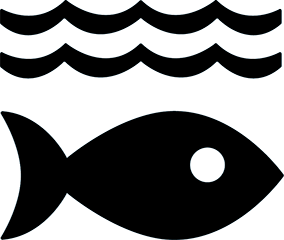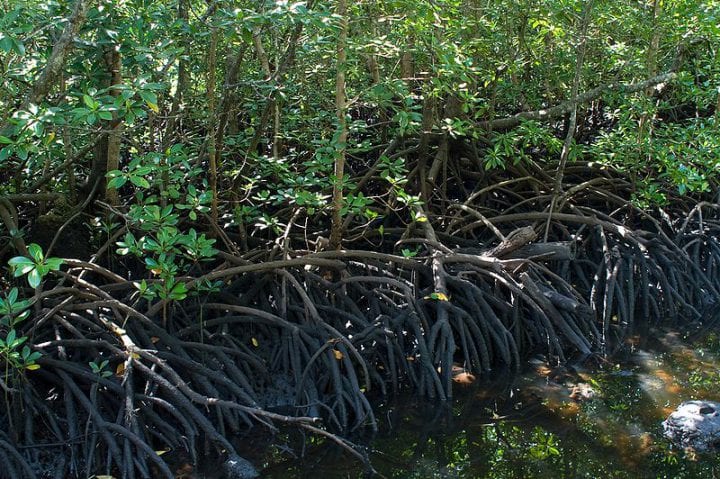Second Place - Middle School
UN Sustainable Development Goals Addressed
-

Goal 14: Life Below Water
2024 Youth Design Challenge
This design concept was developed by participants in the Institute’s Youth Design Challenge. The descriptions below are from the team’s competition entry materials.
School: The Bolles School
Location: Jacksonville, FL, USA
Coach: Elizabeth Body
Team Members: Lynn Ibrahim

Innovation Details
Rising salinity levels are causing ecosystem disruption in the Florida Everglades and posing a threat to local sources of drinking water. Team Desalinator addressed this issue by creating a device to filter excess salt out of water. The Desalinator contains layered filters consisting of semi-permeable membranes that suck in saltwater and expel desalinated water. The team’s mimicked clam siphons, which intake and release water, and the hexagonal shape of honeycombs, used to maximize space efficiently and minimize material usage. By design, when the filters reach capacity, sensors would send an alert to scientists to replace them, an idea inspired by salt glands and the osmoregulation process of seabirds.
What is the problem your team solved for this challenge? What is the problem addressed? How is the problem connected to the selected SDG?
I chose SDG 14 which is “Life Below Water.” The rising salinity in the Everglades due to climate change and rising seawater levels has been disrupting the natural ecosystem balance. When saltwater rises, it absorbs through limestone and contaminates the Everglades and the Biscayne aquifer, which is 90% of millions of South Floridian’s freshwater, according to scientist Joe Stachelek. Due to the extra salt, the roots of plants have also been protruding from the ground, ruining ecosystems (NPR). Saltwater is also changing the landscape, destroying saw grass, and increasing erosion. As a Floridian, the increase in saltwater is dangerous, and needs to be addressed immediately.
How was your solution inspired by nature? What (at least two) organisms did you learn from? How effectively did you combine the biological strategies for the final design?
To remove excess salt, I used various organisms and combined them into one design. To make a filter, I based it on semi-permeable membranes found in cells. These membranes only allow certain materials to pass through. The shape of these membranes is based on the space-efficient hexagonal shape of honeycombs from bees. The device will have incurrent and excurrent siphons, based on clams, that suck in and expel water. I used the idea of salt glands alerting the salt excretion system in osmoregulation to replace the layers with too much salt. These organisms are the basis of my invention.
What does your design solution do? How does it solve or mitigate the problem you selected? How did what you learn inform your design?
The “Desalinator” uses aspects of the chosen organisms to effectively extract excess salt from the waters of the Everglades. There are layered semi-permeable membranes that have holes only small enough for water molecules to pass through. The structure of these membranes is hexagonal, like honeycombs, so it will be able to hold maximum amounts of salt with minimal space. When too much salt is reached, a sensor will alert an application scientists will use to replace the affected layer. To bring water through the device, I will use incurrent siphons, and to expel water, I will use excurrent siphons.

